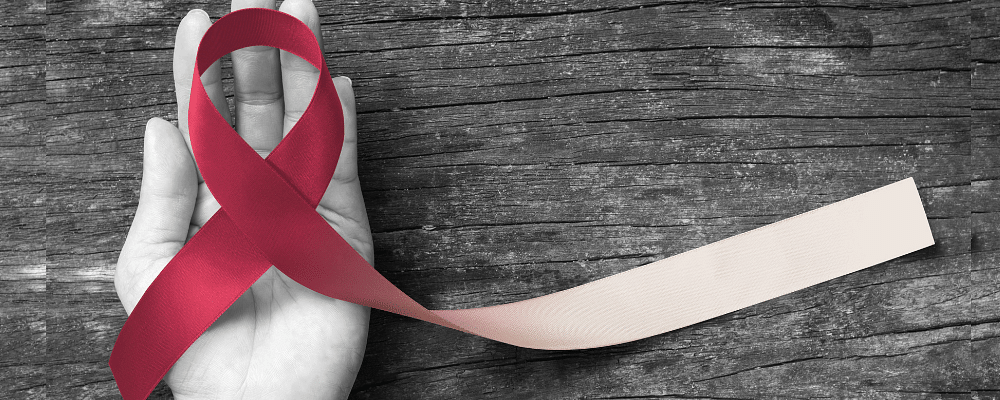What is Mouth Cancer : Understanding Causes, Symptoms, and Early Warning Signs

Mouth cancer, also known as oral cancer, is a type of head and neck cancer that originates in the oral cavity and develops in parts of the mouth, such as the lips, tongue, gums, cheeks, salivary glands, and roof of the mouth. It is important to know the causes, symptoms, and warning signs for early detection and prevention.
Causes of Mouth Cancer
Mouth cancer is primarily caused by a combination of environmental and lifestyle factors, along with some genetic and viral elements.
- Tobacco and Alcohol: Tobacco products can lead to variations in the DNA of oral cells, resulting in abnormal growth and cell death. Both smoking cigarettes or cigars or using tobacco can increase the risk of mouth cancer.
- Alcohol can act as a dissolver, allowing carcinogens from tobacco to penetrate deeper into the oral tissues. Drinking too much alcohol can also raise the risk.
- Human Papillomavirus (HPV): HPV is an infection that can lead to mouth cancer, especially in younger people. HPV is a sexually transmitted infection that has been strongly related to Oral Cancers, which are cancers located in the back of the throat.
- Sun Exposure: Exposure to ultraviolet (UV) rays from the sun without sufficient protection can cause lip cancer.
- Family History: A family history of mouth cancer can increase your risk.
- Poor Oral Hygiene and Gum Disease: Neglecting oral hygiene and having untreated gum disease can lead to the development of oral cancer.
- Epstein-Barr Virus (EBV): EBV has been linked to a small percentage of oral cancers, particularly those affecting the nasopharynx.
Mouth Cancer Symptoms
Recognizing the early symptoms of mouth cancer is crucial for prompt medical evaluation and treatment.
Common Early Signs of Mouth Cancer
Here are some early-stage mouth cancer warnings to look out for:
- White or Red Patches: These can appear on the inside of the mouth, tongue, or gums and may be painless initially.
- Persistent Sores or Ulcers: Sores or ulcers in the mouth that do not heal within two weeks should raise suspicion. These sores may bleed easily.
- Thick or Hard Spots: Lumps or thickened areas in the mouth, throat, or on the lips can be indicative of oral cancer.
- Swelling or Numbness: Swelling in the jaw or neck, or numbness in the mouth, can be symptoms of oral cancer.
Functional Symptoms of Mouth Cancer
- Difficulty Chewing or Swallowing: Pain or difficulty while chewing, swallowing, or speaking can be symptoms of oral cancer.
- Changes in Speech: Alterations in speech or a feeling that something is caught in the throat can also be indicative.
- Unexplained Weight Loss: Unexpected weight loss, along with other symptoms, should prompt a medical evaluation.
Mouth cancer can occur on the:
Lips, Gums, Tongue, Inner lining of the cheeks, Roof of the mouth, Floor of the mouth (under the tongue). First Signs of Mouth Cancer Pictures:

What Does Mouth Cancer Look Like?
The first signs of mouth cancer can resemble small ulcers, red or white patches, or unusual swelling in the mouth. Images of early-stage mouth cancer show irregular sores or lumps that may appear harmless initially.
By recognizing the causes of mouth cancer and its early symptoms, you can take proactive measures to protect your health. Regular dental check-ups and lifestyle changes are key to prevention and early treatment.
Difference Between Mouth Ulcer and Mouth Cancer
Mouth ulcers are temporary sores caused by minor injuries, stress, or certain foods. They usually heal within two weeks and are often painful but harmless.
In contrast, mouth cancer may present as persistent ulcers that do not heal and are often painless initially. Other symptoms include red or white patches, unexplained swelling, or lumps. Unlike ulcers, mouth cancer symptoms persist and require immediate medical evaluation for early diagnosis and treatment.
Diagnosis and Screening
Regular dental check-ups play a critical role in the early detection of mouth cancer. Here’s what you should know:
- Routine Dental Examinations: Dentists typically perform an oral cancer screening during routine dental check-ups, examining the entire mouth, lips, face, and neck for suspicious signs.
- Cell Sampling: In some cases, dentists may use a small brush to gather cell samples from suspicious areas for lab analysis. This procedure is easy and nearly painless.
- Specialized Tests: If initial screenings indicate a need for further evaluation, tests such as endoscopy, biopsy, and X-rays may be conducted to confirm the presence of cancer cells.
Prevention
While some risk factors are unavoidable, several lifestyle changes can help reduce the risk of developing mouth cancer:
- Avoid Tobacco and Alcohol: Quitting smoking and moderating alcohol consumption can significantly lower the risk of oral cancer.
- Protect from Sun Exposure: Using sun cream, sunblock, or lip balm with SPF can help prevent lip cancer caused by UV exposure.
- Maintain Good Oral Hygiene: Regular brushing, flossing, and dental check-ups can help prevent oral health issues that might predispose to cancer.
- Healthy Diet and Exercise: A balanced diet and regular exercise can contribute to overall health and reduce cancer risk.
Common FAQ'S
What Does Mouth Cancer Look Like?
The first signs of mouth cancer can resemble small ulcers, red or white patches, or unusual swelling in the mouth. Images of early-stage mouth cancer show irregular sores or lumps that may appear harmless initially.
How do you know if you have mouth cancer?
Common signs of mouth cancer include persistent mouth sores, red or white patches, difficulty swallowing, or unexplained pain. A biopsy or medical evaluation confirms the diagnosis.
Can you die from mouth cancer?
Yes, mouth cancer can be fatal if not detected and treated early. Early diagnosis significantly improves survival rates.
What does mouth cancer feel like?
It may feel like a persistent sore, lump, or irritation in the mouth, often accompanied by pain, numbness, or difficulty moving the jaw or tongue.
What treatments are available for mouth cancer?
Treatments include surgery to remove the tumor, radiation therapy, chemotherapy, or targeted therapy, depending on the cancer's stage and location.
Conclusion
Mouth cancer is a serious condition that can be effectively managed with early detection and appropriate treatment. Being aware of the causes, symptoms, and early warning signs is crucial for prompt medical intervention. Regular dental check-ups, lifestyle modifications, and awareness of risk factors can significantly reduce the incidence and mortality rates of mouth cancer.
By understanding and acting on this information, individuals can take proactive steps toward protecting their oral health and potentially saving lives. If you notice any of the symptoms mentioned, do not hesitate to consult your dentist or healthcare provider for a thorough evaluation. Early detection is key to successful treatment and improved outcomes.


